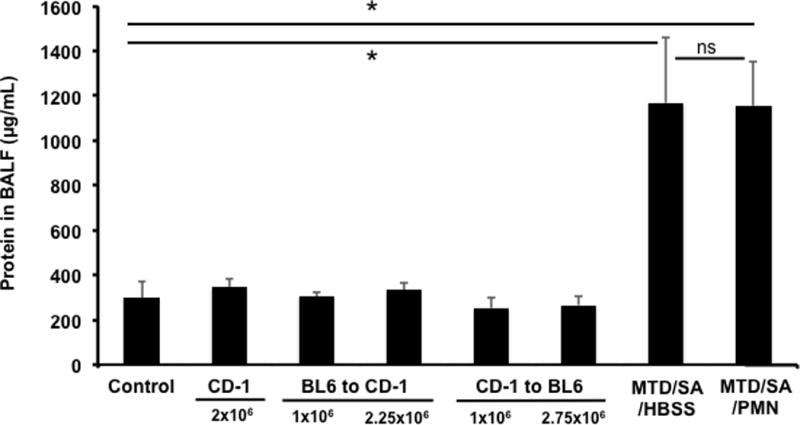Figure 5. Exogenous PMN do not injure the lung.

Lung injury was evaluated by assaying protein leak into BAL fluids. Control: saline i.t. (n=5), CD-1: BM-PMN from CD-1 to CD-1, 2×106 i.t. (n=5), BL6 to CD-1: BM-PMN from BL6 mice (n=2) were instilled i.t. into CD-1 mice. CD-1 to BL6: BM-PMN from CD-1 were instilled i.t. into BL6 mice (n=2). MTD/SA: MTD from 10% liver is given i.p. at t=0. S. aureus is given i.t. (8.6×106 CFU) at T=3 h (n=3). MTD/SA/PMN: As in MTD/SA but followed by PMN i.t. (1×106) at T=6 h (n=3). * denotes P<0.001 by One-Way ANOVA with Tukey’s test. ns denotes P=0.090. Sample collection: Control (saline) and CD-1 to CD-1 PMN i.t. 24 h, BL6 to CD-1 or CD-1 to BL6: 72 h, MTD/SA/HBSS and MTD/SA/PMN: 23 h. The number in bracket represents the number of animals used. Even though only two animals were used for some conditions, each BALF was evaluated for protein assay in triplicates. Thus statistical analysis is trustworthy since we are using at least 6 numbers to obtain “mean and SD values”.
